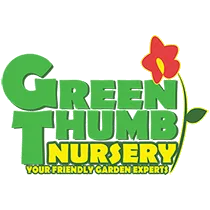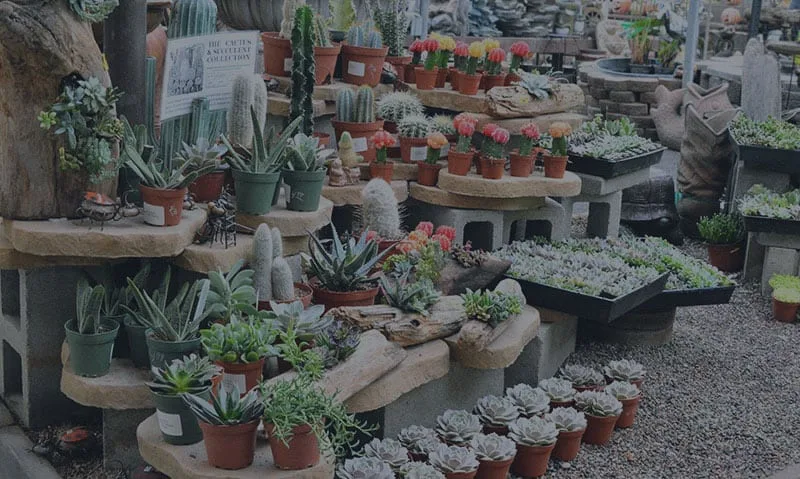Newsletter Articles
How to Grow Summer Vegetables When You Have No Space
Written by Kelsey W.
When you think of a backyard garden in Southern California, you might envision a large yard with row upon row of plants growing in neat planters. However, it’s fair to say that millions of SoCal residents aren’t working with a wealth of room when it comes to yard space.
You might assume that you can’t grow vegetables if you don’t otherwise have a big yard, but it’s actually possible to grow all sorts of delicious food at your home, even if all you have is a bright window on one side of your apartment.
Let’s explore some of the vegetables out there that don’t mind a little confinement, as well as some methods you can use to grow vegetables with limited space or in containers.
These Vegetables Don’t Mind Crowding
One of the important parts of planting vegetables is getting the spacing right. When you look at the back of a package of seeds, you’ll usually see a recommendation on how far apart to space the plants for optimal growth.
While giving plants space helps with airflow and ensures that each plant can grow to its maximum potential, there are some plants that don’t really mind when they’re grown in close proximity to their fellow carrots. One ideal example is carrots. They grow vertically down into the ground, and you only need about two inches between each plant.
If you’re growing carrots from seeds, conventional wisdom suggests that you plant each seed about an inch apart but then thin them out as they start to grow so each plant has about three inches around it. You can grow carrots in a deep planter on your porch or a tiny little patch of ground outside your house.
You can also grow leafy greens in big, close bunches and in pots or planters since they don’t mind growing quite close to their neighbors. You can get away with as few as three inches between each plant as long as all the leaves receive an appropriate amount of sunlight each day.
You Can Grow an Entire Herb Garden Inside and In Pots
One of the best ways to have a lovely-smelling kitchen and home is to grow an herb garden, and most herbs grow splendidly inside in pots. The only caveat is that you usually need very bright windows since herbs don’t like growing in the dark.
The convenient aspect of growing your herbs in pots is that you can move them around your house or around your yard as the sun changes its arc across the sky. Most herbs love the sun, so Southern California is an excellent place to grow them, even if you’re moving them around each season to ensure they get to enjoy sunny windows.
A few herbs to start with for your herb garden include rosemary, oregano, basil, parsley, and mint. If you’re not too keen on having a whole range of plants inside, there are also some herbs that do exceedingly well outside. You can grow a mint plant outside, which will smell amazing but may also take over whatever tiny space you allot to it, so make sure to keep it trimmed.
Sage is another herb you can grow outside since the more sun it receives, the more flavor its leaves produce. Just make sure that your outdoor herbs get water in the hottest months of the year, or they’ll start to wilt. If you’re worried about remembering to water your herbs, oregano, and chives are fairly forgiving when you forget to water them once or twice.
Maximize Space with a Trellis
There are several vegetables that grow naturally up trellises, which means all you need is a wall and enough space for a planter to grow vegetables like pole beans, cucumbers, and peas. You can also encourage tomatoes to grow up trellises, as well as guide squash up trellises.
Growing vegetables on a trellis isn’t just a great way to save space when you’re growing your vegetables. Using a trellis can also improve the amount of sunlight each plant gets, as well as naturally aerate the plants and make it less likely you’ll need to prune out branches to ensure adequate light penetration.
When you choose a plant that naturally vines, all you have to do is guide the new vines toward the trellis to ensure the plant climbs. If you’re growing peas, you don’t need to use any sort of tape or attachments. You just need to move the pea tendrils toward the trellis.
However, if you’re growing tomatoes up a trellis, you might need to use some Velcro-style gardening tape to hold the stems close to the trellis, which will encourage the plant to grow upward along it. You can also weave the vines back and forth through the trellis, which should help them hold onto the rungs.
Grow Multiple Crops Each Year
While it’s quite rewarding to plant a whole array of different vegetables in your garden for the season, space limits might prevent you from enjoying more than one or two different plants at a time. One way you can grow more vegetables each year is to engage in a practice known as succession planting.
All this means is that you immediately plant a new crop once the previous plants have matured. While there are some plants that will happily grow all year and for several years, especially in the Southern California climate, you can actually enjoy more harvests by repeatedly planting crops.
You have the choice of planting the same crop a few times throughout the year, or you can switch it up and choose a different plant when it comes to replanting. You might start with cool season crops at the beginning of the year and then switch to summertime mainstays as the hotter months roll around.
The key to mastering succession planting is having a plan. You’ll generally want to choose each set of plants you’ll grow throughout the year and make a timeline of the approximate date you’ll plant your new crop. You don’t need anything fancy to keep track, however. Just a simple piece of paper that lists your plants and their expected timelines for growth should suffice.
Paying Attention to Water and Fertilizer in Small Spaces
One overarching aspect of small-space gardening to consider is your watering schedule and fertilizer applications. Plants grown in containers may require a different watering schedule than those grown in the ground. There’s no wind inside your house, and the humidity levels might differ from outside, requiring that you give them water more or less frequently.
The key to getting your watering schedule right isn’t necessarily choosing a particular day of the week but rather getting to know how the soil should look and feel around your plants. If you’re growing kale and lettuce, those plants will fare just fine in soggy soil, so you don’t have to be as militant with your soil care.
However, plants like squash, peppers, and tomatoes don’t like sitting in moist soil, so it’s necessary to adopt a watering schedule and soil type that allows for adequate drainage and dryness. Likewise, the fertilizer needs of an indoor vegetable garden grown in containers may differ from an outdoor garden.
For example, some types of glass can limit the full spectrum of sunlight coming through your windows, which might require that you marginally increase the amount of fertilizer you’re giving to your indoor plants. If it seems your indoor plants aren’t thriving as much as you think they should, but they’re getting adequate light and water, a modest increase in fertilizer could be the key.
Grow Beautiful Vegetables With Help from Green Thumb Nursery
Come to one of your local Southern California Green Thumb Nursery garden centers to start planning your small space vegetable garden today. We’ll help you with plant recommendations and all the information you need to ensure you have a whole season of happy, productive vegetable plants. This year is a great year to start your vegetable garden journey, even if all you have is a cute little balcony for a few tidy containers of peppers and tomatoes.
Do you like what you see? Sign up for our weekly newsletter to get content like this every week!
CLICK HERE TO SIGN UP


